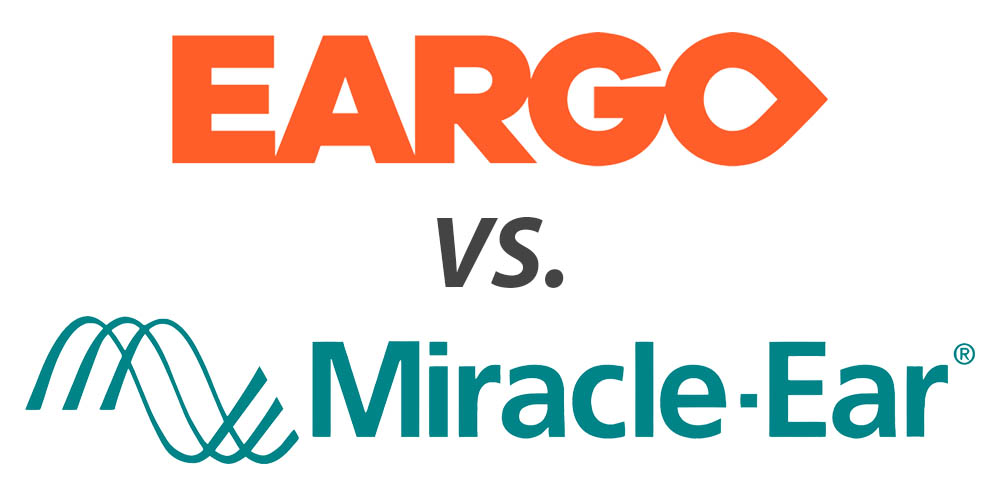Why should you compare brands and models of hearing aids?
Hearing issues can be extremely frustrating and exhausting. Buying hearing aids can greatly improve your quality of life almost immediately, especially when customized to your specific needs. Unfortunately, buying the wrong type and strength of hearing aid can actually cause hearing to get significantly worse over time.
From how the hearing tests are done and what kind of professional support is included in the cost to the number and types of features included, hearing aids can greatly vary from company to company. Comparing multiple models from multiple brands will help you ensure that you get all the support and services you need to hear as clearly as possible.
How do you know which hearing aid is right for you and your type of hearing loss?
Hearing aids vary in size, features and usability. Usually, hearing aids are named after how they’re meant to be worn, like Behind the Ear (BTE) or Completely in the Canal (CIC). Usually, the bigger the hearing aid and the more visible it is, the better suited it is for moderate to severe hearing loss. Because of this, BTE styles are often better for severe hearing loss than most CIC models.
In addition to style, there are an abundance of features available on the market today that need to be considered, ranging from simple audio input capabilities to variable programming and customization. Some features are considered nice-to-haves while others may be requirements, depending on your hearing loss and your needs.
Here are a few of the most common to consider:
- Noise reduction: It’s standard that hearing aids include some level of noise reduction, but it can vary from company and model. Having higher levels of noise reduction helps lower extra noise so that wearers can focus more on speech.
- Battery life: Hearing aids last anywhere from a few hours to a few days. For most people, 24 hours is considered fine because they can charge them overnight when they’re not wearing them. Others might prefer a longer battery life.
- Variable programming: Some hearing aids allow users to pre-program certain profiles that they can switch between given their environments. For example, someone may customize a hearing program differently when eating in a restaurant than when lounging at home alone.
- Controls: As hearing aids get smaller and smaller, more models include hands-free controls, like through an app, so that users can easily customize and change settings on the go.
If you’re unsure which is right for you, look for a company that offers in-person evaluations and fittings from professional audiologists.
| Eargo | Miracle Ear | |
| Costs | ||
| Up-front costs | $1,450 to $2,650 | $1,000 to $4,000 |
| Financing Options | Starting at $67 per month | Not available |
| Best for | ||
| What type of hearing loss are these best for? | Mild to Moderate | Mild to Severe |
| Features | ||
| Bluetooth | Yes | Yes |
| Custom Sound Profiles | Yes | Yes |
| Noise Cancelation | Yes | Yes |
| Rechargeable | Yes | Yes |
| Battery Life | 48 hours | 24 hours |
| Mobile App | Yes | Yes |
Pros and Cons of Eargo
Pros:
- Virtually invisible
- Many features
- 45-day money-back guarantee
- Ultimate personalization
Cons:
- More expensive
- Limited styles
- No audiologist testing
- Most have 1 year limited warranty
Pros and Cons of Miracle Ear
Pros:
- More styles
- 1,500+ centers nationwide
- Online and in-person hearing tests
- 3 year warranty
- Free lifetime aftercare
Cons:
- No transparent pricing
- May be more expensive
- May not be local
Which device is best for you?
If you’re looking for a high-quality hearing aid packed with multiple technological features, Eargo is the best option. But if you need professional support and prefer working directly with an expert to find a solution for you, Miracle Ear is a better choice.


